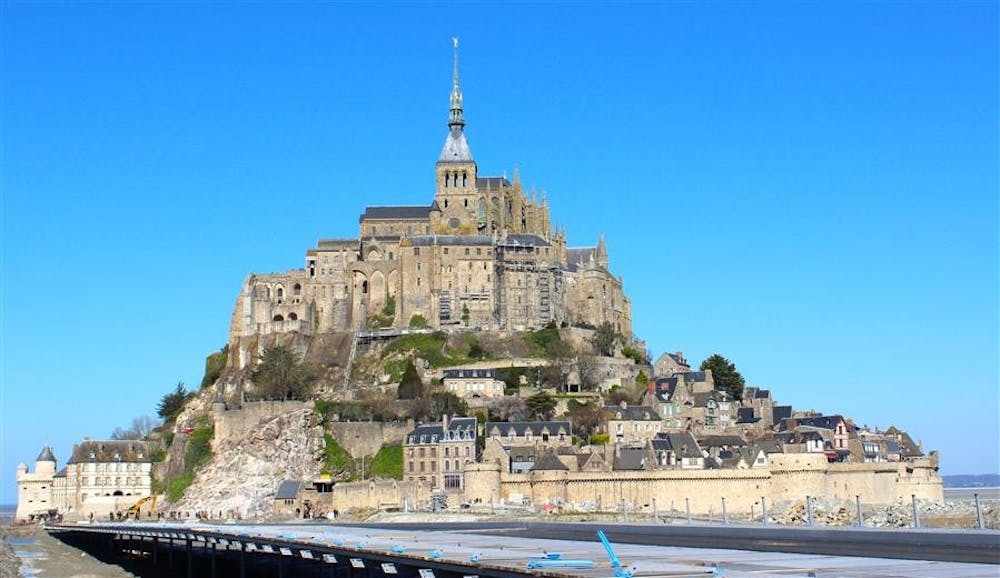When Parisians tire of the city, they often take weekend trips outside Paris. I decided to do the same this past weekend, just to breathe in some fresh country air.
Most Americans are familiar with the Normandy region of France for its famous D-Day beaches, but the area contains many smaller towns with distinct architecture and history. Here are the places I visited.
Rouen
For history buffs, this is the town where Joan of Arc was burned at the stake. It was one of the most prosperous cities of medieval Europe.
Walking through Rouen, it’s easy to notice a distinct style of architecture among the buildings. A bold striped pattern adorns most buildings, making the town seem as though it belongs in a storybook.
The Cathédrale Notre-Dame de Rouen is well known for its Gothic architecture. The detail and height of the cathedral are both distinct.
Honfleur
The buildings and boats harboring the southern bank of the estuary of the Seine River resembles the scene in the Nyhavn district of Copenhagen.
This picturesque town, full of buildings with slate-covered fronts, served as the setting of many paintings completed by famous artists, such as Claude Monet and Eugène Boudin.
Deauville
A resort town of sorts, Deauville is known for its beaches.
It’s common to see tourists and natives alike stroll the boardwalk with an ice cream cone in hand or collecting seashells along the water.
Coco Chanel’s first boutique opened in Deauville, and has set a trend for luxury shopping in the area.
The town is also home to the Deauville American Film Festival, which was established in 1975. In correspondence with the festival, tourists can find names of famous American actors written along small fences dividing the changing rooms.
Mont Saint-Michel
With more than 3 million visitors each year, Mont Saint-Michel is one of France’s most well known landmarks.
The island, along with its bay, is also a UNESCO World Heritage Site.
The abbey from which the island draws its name is the most identifying landmark.
The town was constructed reflecting the feudal society of the time, with the abbey and monastery situated at the top, followed by the great halls, then stores and housing.
Lastly, the homes of fisherman and farmers were situated outside the base walls.
Currently, the site functions as a tourist spot with restaurants and souvenir shops crammed next to one another on the winding, narrow streets leading up to the abbey.
anukumar@indiana.edu
@AnuKumar23
Column: A weekend in Normandy

Get stories like this in your inbox
Subscribe


